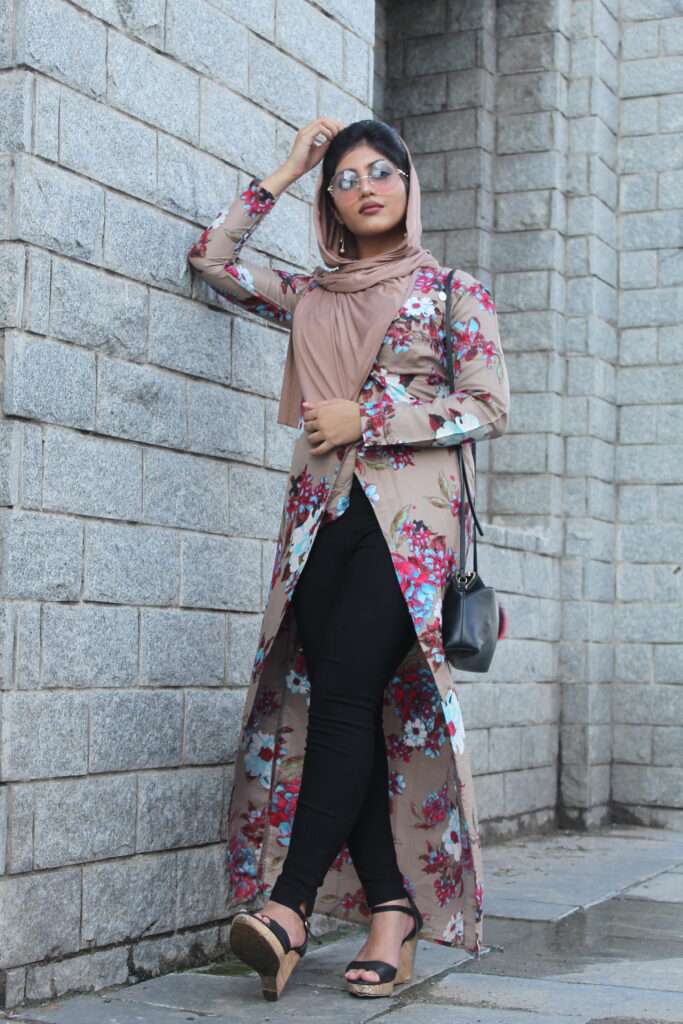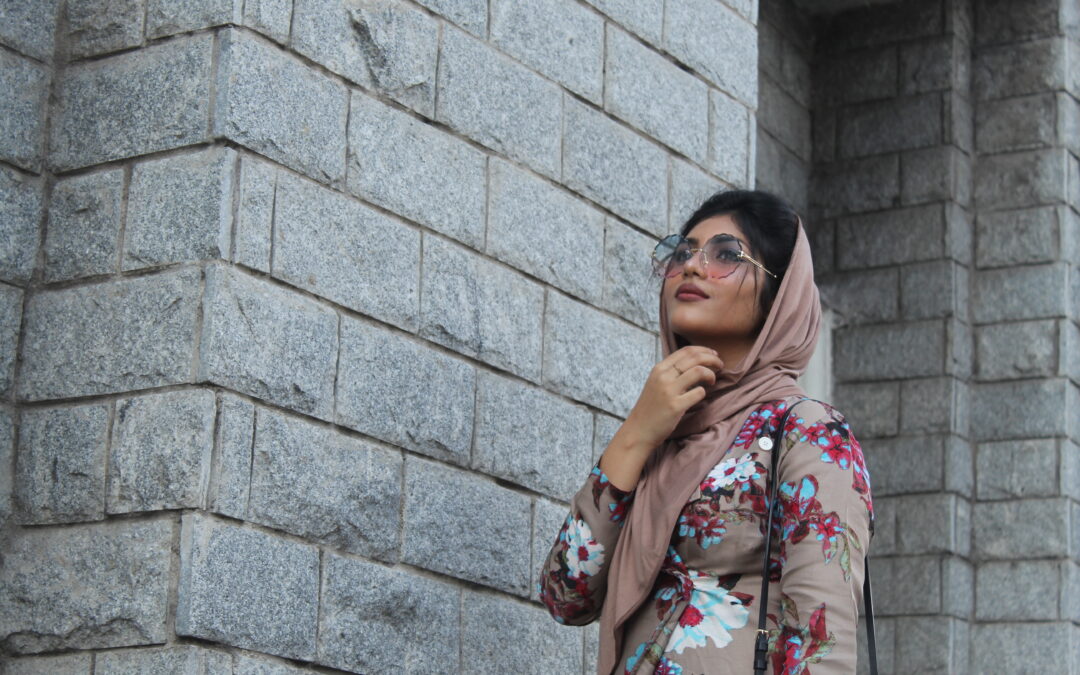https://www.instagram.com/x_perspective_photography_/profilecard/?igsh=MWZqNTRjNmR1bm80cQ==
Location scouting photography has changed the way I approach every shoot. From alleys to old walls, this location scouting photography guide helps you uncover powerful shoot spots that most people overlook.
Some of the best photo locations I’ve ever used weren’t listed on Google, pinned on maps, or recommended by anyone. They just… appeared. A peeling wall with perfect texture. A corner with soft afternoon light. A field that looks plain at first, but glows golden when the sun hits it just right. Over time, I’ve trained my eyes not to look for perfect places, but meaningful ones. Here’s what I’ve learned about finding beauty in unexpected places—and how it’s completely changed the way I scout for photography locations.
Stop Searching for “The Perfect Spot”
When I first started shooting, I used to stress about locations. I’d search endlessly for trendy spots—flower fields, luxury venues, architectural backdrops. But I found that the more “Instagrammable” a location looked, the more staged and soulless the photos felt. In location scouting photography, light often makes the plainest places shine.
Now, I focus on how a place feels rather than how it looks online. I ask myself:
- Is there a story here?
- Can this space help my subject feel comfortable?
- Does the light move through this space in an interesting way?
Sometimes, the answer leads me to an unexpected alleyway. Or a random rooftop. Or a dusty trail. And those places end up giving me some of my favorite shots.
Why Light Matters in Location Scouting Photography
I say this often—light is everything. A plain wall under the right light becomes art. A field at noon? Boring. The same field at golden hour? Magic. When I scout, I always return to the same place at different times.
I pay attention to:
- Shadows
- Reflections
- The direction and softness of the light
It’s not about the background—it’s about how the light shapes that background. Sometimes, a messy backyard can look cinematic with the right kind of glow. You just have to be there at the right moment.
Find Places That Make People Feel Something
The best photos come when the people in front of my lens are relaxed and present. That’s hard to do when they’re standing on a busy street with cars honking behind them or feeling out of place in a too-fancy location.
So I’ve started picking places that:
- Hold meaning to them (their college steps, favorite coffee shop corner, a park they walk through)
- Let them move freely without stares or distractions
- Match their vibe—moody, cozy, quiet, bold
One couple I shot once chose to do their pre-wedding session at the spot they had their first argument and made up—an unassuming lake bench. It was raw, real, and it made the photos so much more personal.
Texture and Imperfection Matter
I’ve come to love places that aren’t “polished.” Cracked paint, overgrown plants, concrete walls, rusted doors—they all bring texture and emotion into a photo.
When I’m walking through a street or exploring a new town, I look for:
- Brick walls with uneven color
- Wooden fences with natural aging
- Corners where vines sneak through gaps
- Windows that catch reflections in a strange way
These elements add soul. They tell a story. They remind you that beauty isn’t always clean or curated. It’s layered. Lived-in. Honest.
Be Open to Serendipity
Some of my favorite locations were found by accident—while looking for something else, or when I took a wrong turn. I’ve learned to keep my eyes open all the time. Whether I’m commuting, going for a walk, or waiting for coffee,
I’m scanning for:
- Light bouncing off walls
- Interesting doorways
- Calm open spaces
- Narrow paths lined with trees or structures
I’ll sometimes revisit these spots later, camera in hand. Not all of them work out. But a few? Pure gold.
Bring Someone With You When You Scouting
Location scouting alone is great, but bringing a friend—or even better, a couple you’re going to shoot—makes a big difference. They’ll notice things you don’t. They’ll stand in a spot and show you how the light actually hits a face. You’ll also get to test the space: Can people move comfortably? Does the location match their energy? One time, I brought a bride-to-be to check a beach location. We ended up walking further than planned and found an abandoned stone shack nearby. That turned into the main location for the shoot. And it worked beautifully because she felt at home there.
My Favorite Location Scouting Photography Discovery
There’s a narrow street near my neighborhood that I walk by almost daily. It’s not fancy—just a row of simple houses and a few neem trees lining the path. But one evening, the light slipped through the trees in a way I’d never noticed before. It created this soft, golden tunnel that felt like a dream. I did a portrait session there just a few days later, and the images felt straight out of a film. The place hadn’t changed. I had just seen it differently.
Final Thoughts: Beauty Is Everywhere—If You Scout Closely
Great photography doesn’t always come from epic locations. It comes from how you see what’s already there. From finding stories in broken windows and beauty in chipped walls. If you start walking through your world with a slower gaze—with your eyes tuned to light, emotion, and texture—you’ll find beauty in places others overlook completely. That’s the kind of photography that stays with people. The more I explore, the more I fall in love with location scouting photography—and its way of teaching us to see beauty in overlooked spaces.


